In the bustling streets of Seoul or the cozy corners of a local pojangmacha, one constant remains: the presence of soju. This clear, potent spirit is more than just a drink; it is a cultural cornerstone, a social lubricant, and a testament to Korea's rich history. Its origins are as complex as its flavor profile, tracing back centuries to a time when distillation techniques made their way across continents. While soju itself has evolved from a luxury item to a ubiquitous companion at nearly every meal, the ways in which it is consumed have developed their own unique folklore and social significance. Among these, the practice of mixing soju with beer to create somaek, and the more intense ritual of the bomb shot, or poktanju, stand out as particularly emblematic of modern Korean drinking culture. These are not mere recipes but rituals born from a confluence of history, economics, and a deeply ingrained social ethos.
The story of soju begins not in Korea, but along the ancient trade routes. It is widely believed that the knowledge of distillation was introduced to the Korean Peninsula from the Middle East, through the Mongols during the 13th century. The invading Mongol forces brought with them the technology for distilling arak, a potent spirit. This technology was left behind and eagerly adopted by Koreans, who began distilling their own spirit from rice, the kingdom's most abundant grain. The earliest versions of soju were produced near the city of Kaesong, and for a time, it was a drink of the aristocracy, a refined and expensive luxury. However, its popularity and production methods eventually spread, laying the groundwork for it to become the people's drink it is today.
The mid-20th century, particularly the period following the Korean War, was a pivotal moment that shaped soju's destiny and, by extension, its consumption culture. South Korea was faced with widespread food shortages, and the government, in a drastic move, banned the use of rice for distilling soju in an effort to conserve the staple grain. This prohibition forced producers to get creative. They turned to alternative sources of starch, most notably sweet potatoes and tapioca. This shift gave birth to the modern, widely available form of soju: a highly distilled, neutral spirit that was much cheaper and more efficient to produce on a mass scale. Its affordability and accessibility meant it quickly became embedded in the everyday life of a nation rapidly industrializing. It was the drink of the factory worker, the businessman, the student—anyone seeking camaraderie, stress relief, or simply a way to unwind.
It is within this context of widespread availability and social drinking that the culture of mixing soju began to flourish. The straightforward shot of neat soju, followed by a quick bite of food, was and remains the standard. But the human desire for experimentation, coupled with a need to mitigate the sometimes-harsh burn of the spirit, led to innovations. The most famous of these concoctions is somaek (a portmanteau of soju and maekju, the Korean word for beer). The origin of somaek is not documented in any official historical record; it is a folk invention, born in the lively atmosphere of pojangmachas (street tents) and pubs in the latter half of the 20th century. The practice is simple: a glass of crisp, cold lager is poured, and a shot of soju is submerged into it, creating a layered effect. The drinker then uses a spoon to vigorously tap the bottom of the glass, mixing the two alcohols into a smooth, effervescent, and deceptively easy-to-drink beverage.
The beauty of somaek lies in its customizability. The ratio of soju to beer is a matter of personal preference and tolerance, often negotiated among friends. A common starting point is a 1:3 ratio of soju to beer, but this can be adjusted to create a "poktan somaek" or a weaker "yakult somaek," named after the mild yogurt drink. This act of mixing and sharing a personalized drink is a deeply social activity, reinforcing bonds and easing conversation. It democratizes the drinking experience, allowing everyone at the table to participate in its creation. The ritual of the spoon tap has become a ubiquitous sound in Korean drinking establishments, a auditory symbol of a night of fellowship beginning.
If somaek is the social lubricant, then poktanju, or the "bomb shot," is its more intense and daring cousin. Translating directly to "bomb alcohol," poktanju involves dropping a shot glass full of soju directly into a larger glass of beer and chugging the entire mixture in one go. The origins of poktanju are even more shrouded in informal history than somaek. Many trace its popularization to the early 2000s, a period of intense economic pressure and competitive spirit among the younger generation entering a tough job market. It is often described as a drink for settling bets, proving one's mettle, or sealing a business deal. There is a performative, almost confrontational aspect to it. It is less about savoring flavor and more about demonstrating resolve, courage, and a willingness to endure momentary discomfort for a collective goal or for honor.
The culture surrounding poktanju is complex. On one hand, it can be a fun, adrenaline-fueled challenge among close friends. On the other, it represents the darker side of Korea's work-hard, play-hard ethos, where social and corporate hierarchies can pressure individuals into consuming alcohol beyond their limits. The act itself is a spectacle—the clink of the shot glass hitting the beer, the frantic chugging, the slammed empty glass on the table—all signaling a transaction of social capital. It is a practice that has drawn criticism for promoting excessive and rapid consumption, but it remains a potent symbol within the lexicon of Korean drinking games and rituals.
Beyond the specific recipes, the true origin of these mixed drinking styles is a cultural philosophy rooted in jeong and noonchi. Jeong is an untranslatable concept referring to a deep sense of connection, affection, and shared feeling between people. Noonchi is the art of sensing the mood and unspoken thoughts of others in a social setting. Drinking in Korea is rarely a solitary act; it is a primary vehicle for building and expressing jeong. The shared bottle of soju, passed around the table as each person pours for another, is a physical manifestation of this bond. Mixing drinks like somaek is an extension of this—a collaborative effort that requires attention to the preferences of others (a display of good noonchi). Even the intense poktanju, while seemingly individualistic, is ultimately a social contract, a test of trust and shared experience that, once completed, often deepens the sense of camaraderie.
In conclusion, the different ways of consuming soju, from the gentle mix of somaek to the explosive bomb shot, are not random inventions. They are cultural artifacts, born from a specific historical context of scarcity and industrialization, and refined through Korea's unique social customs. They reflect a society that values community, hierarchy, and emotional expression, often facilitated through the shared experience of alcohol. The next time you hear the distinct tap of a spoon against a glass in a Korean bar, know that you are witnessing more than just the making of a drink. You are observing a modern ritual with deep historical roots, a continuous thread in the vibrant fabric of Korean social life.

By /Aug 20, 2025

By /Aug 20, 2025
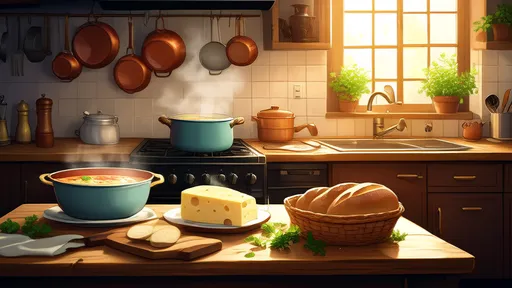
By /Aug 20, 2025
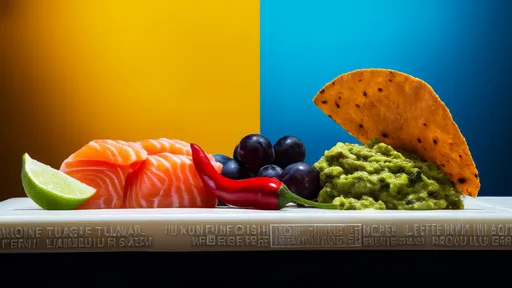
By /Aug 20, 2025
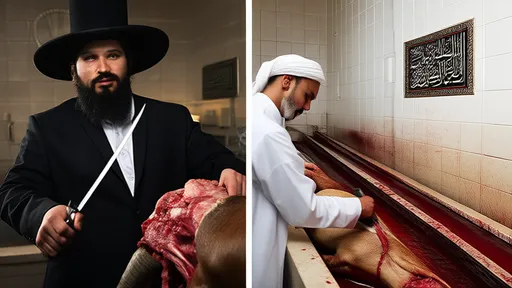
By /Aug 20, 2025
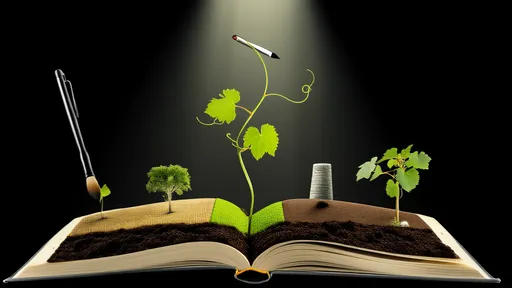
By /Aug 20, 2025
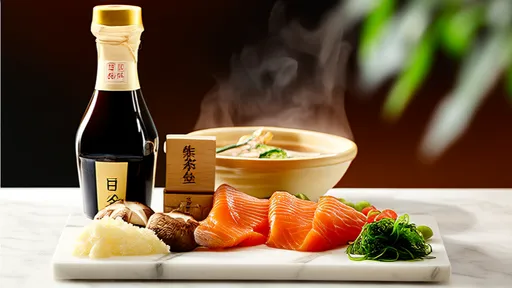
By /Aug 20, 2025

By /Aug 20, 2025
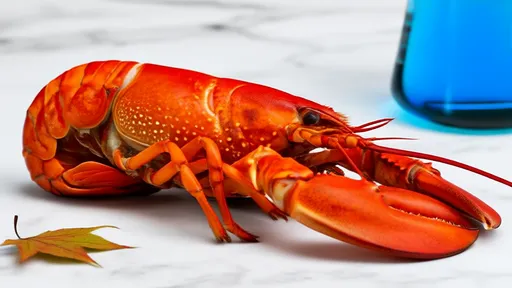
By /Aug 20, 2025
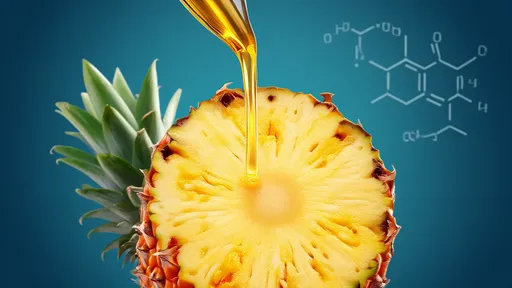
By /Aug 20, 2025
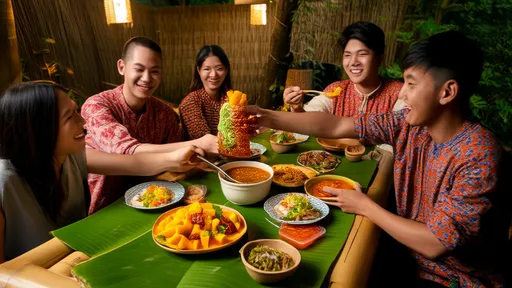
By /Aug 20, 2025
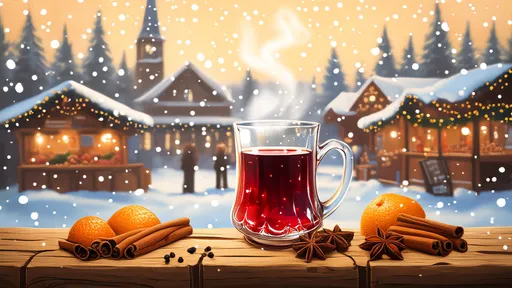
By /Aug 20, 2025
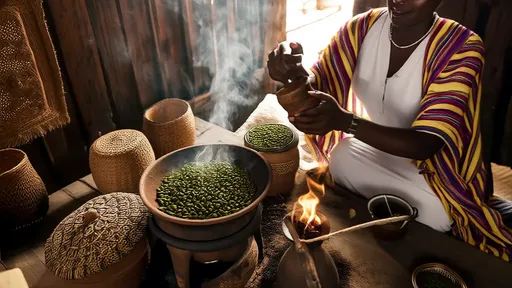
By /Aug 20, 2025
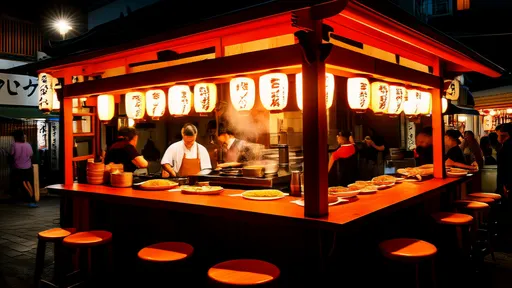
By /Aug 20, 2025
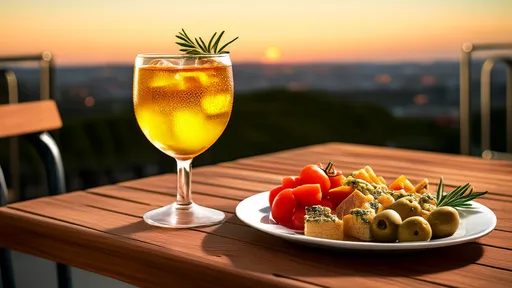
By /Aug 20, 2025

By /Aug 20, 2025

By /Aug 20, 2025
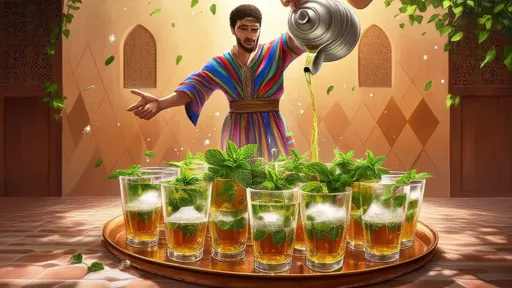
By /Aug 20, 2025
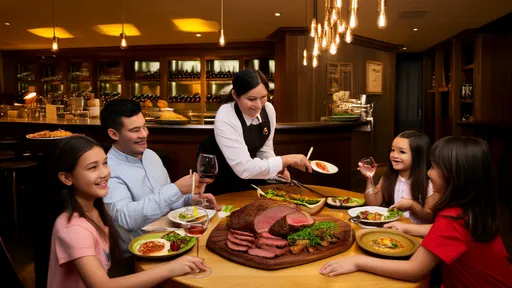
By /Aug 20, 2025

By /Aug 20, 2025